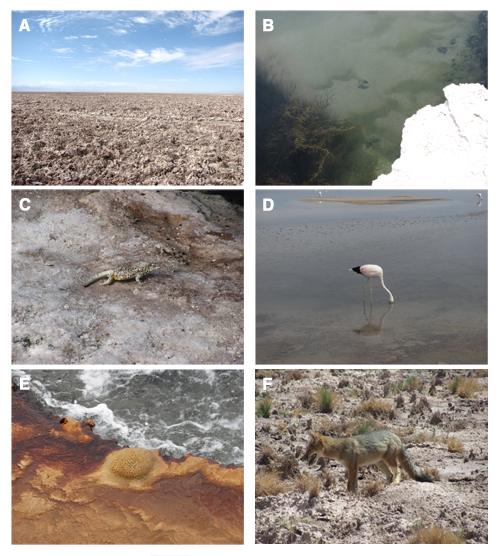Don’t forget about the big picture
Posted by Pablo Astudillo, on 20 April 2011
Live organisms are complex systems. Understanding the complexity underlying the development and growth of organisms seems a daunting task, but developmental biology is an essential field of study to accomplish, at least a little, this task.
Previously to begin my Ph.D. research project in a developmental biology laboratory, I was as an undergrad with an advisor working in the fascinating world of stem cells. I was convinced that stem cell biology was also developmental biology, only at another level of organization or complexity. How a stem cell can give rise to a differentiated cell type, leading to the development of a tissue is also a developmental question. After all, embryos are made from cells. But now, working with a scientist interested in the development of Xenopus, now I believe that answering questions regarding embryological development is also a part of a bigger question. How organisms can structure into populations, how they interact with members of its same species, or with different species, has something of developmental as well. It is a new “specified state of growth or advancement”.
But, honestly, myself and, I bet, many of my fellows don’t think often about this higher level of development. We usually close inside our questions. How my gene A makes that this group of cells migrate from the point X to the point Y to allow the embryo to develop into some Z stage in the condition B may seem interesting (actually, it is), but often it seems the only thing important. I left the lab, in February, to go on vacations, thinking about this, thinking about how our field can fall into reductionism, into the paradigm of genes specifying stages and structures, and forgetting that once that structure is formed, one of the main purposes is to allow the embryo (or the adult organism) to interact with the surrounding environment. My intention was to visit San Pedro de Atacama, a peaceful, quiet and beautiful place in Chile, well known by international tourist as a top destination and by the archaeological importance and because is placed in one of the most dry and arid deserts in the world. You can imagine that life is impossible in a place without water, with extremely high levels of salt and other toxic chemical compounds, with extreme high temperatures during the day and extremely low temperatures in the night. It is possible that the same developmental processes that allows a frog to survive in a wetland, could allow to some organism to survive in these extreme conditions? Or are different developmental processes involved?
Just to remember the bigger picture, that our model organisms actually are part from a higher level of complexity, I wanted to share these thoughts. These pictures are from some animals that manage to survive in some extreme conditions. For example, it is surprising to see a fox in the middle of the “Salar de Atacama” (Atacama Salt Lake), in which you can’t see superficial water of plants around you in kilometers. Some lizards, birds, and some other animals above 4.000 meters, together with just one or two plant species. This incredible display of life in hard conditions remembers you the big picture. Quoting Gilbert & Sarkar: “If the sciences of the twenty-first century will be characterized by an analysis of complexity, then developmental biology should be at its forefront. Our science should be mature enough to embrace the complexity of developing organisms”.
It is amazing how life can survive in hard, even extreme, conditions. (A) The environment. Atacama Salt Lake, the third largest in the world and one of the most arid and dry (according some records, it is the place on Earth with less rain). (B) Artemia (Brine shrimp) growing in small water deposits. They serve as food to Flamingoes (D). In (C), a lizard walking nearby to the water deposit in (B). In (E), extremophiles growing on the rock in sulfur-containing water deep holes in a geothermal park. (F) A fox walking in the middle of the Atacama Salt Lake.



 (5 votes)
(5 votes)